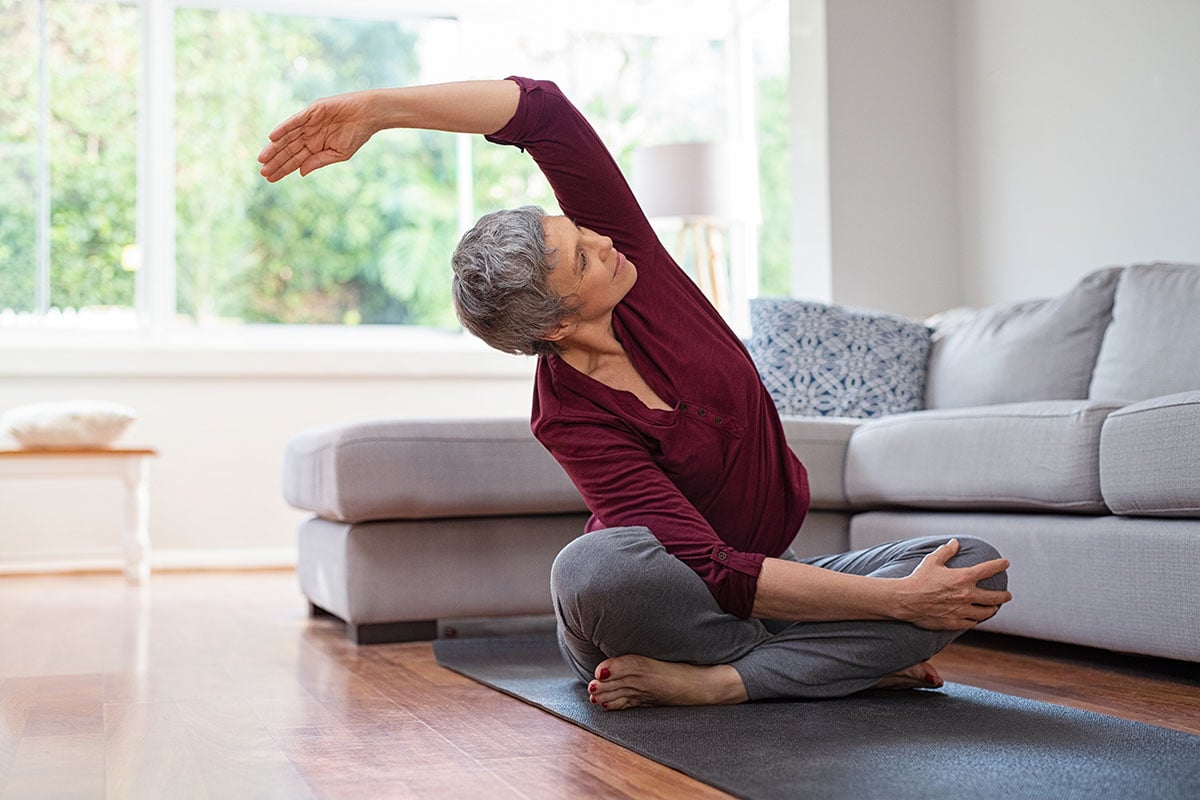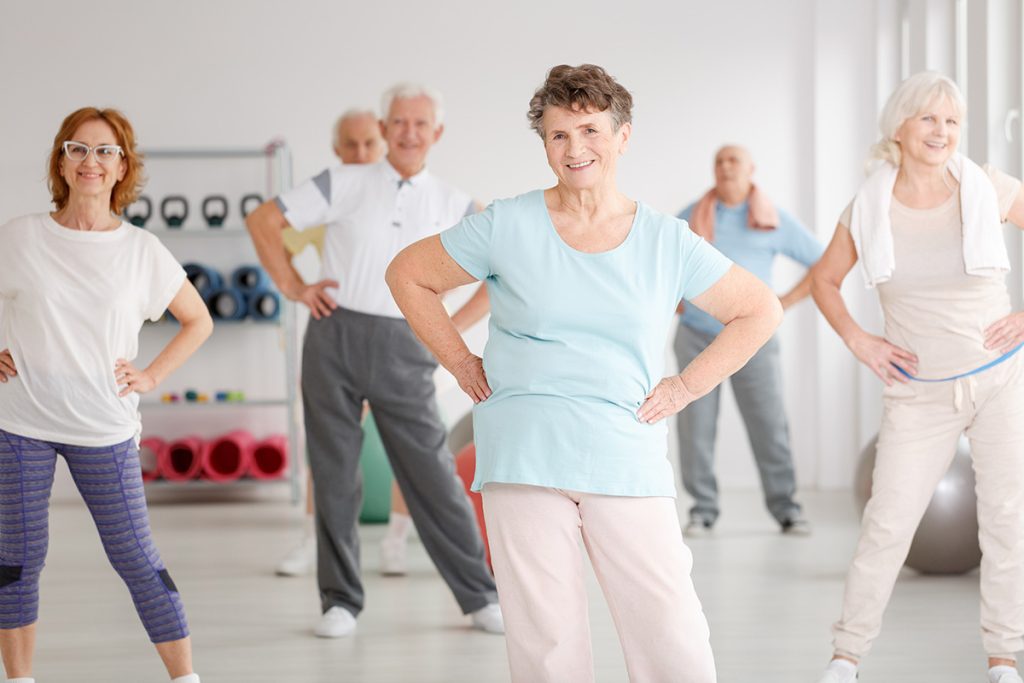
Do you want to get fit without feeling exhausted and avoid potential injury? Who doesn’t?
What if we told you that you don’t have to push yourself to the limit to get fit and healthy?
If you think that low-intensity exercise is boring and ineffective, think again. In this blog, we’ll show you how low-intensity exercise can actually boost your metabolism, reduce stress, and improve your mood better.
The debate between low-intensity and high-intensity workouts rages on. While high-intensity workouts may be the trendier option, low-intensity workouts have their own benefits that you should consider.
Sure, with a low-intensity workout, you might not be dripping in sweat or feeling like you’re about to collapse when you’re done. Still, low-intensity workouts can be just as effective in achieving your fitness goals and are a great option if you’re starting your fitness journey or looking for a more sustainable routine.
While high-intensity workouts can be effective for building strength and endurance, they also come with several risks. One of the biggest concerns is the risk of injury, as the intense strain placed on the body can lead to muscle strains, sprains, and even more serious injuries like torn ligaments or fractures.
Who doesn’t love a workout that leaves you feeling ready to conquer the world rather than completely exhausted and unable to move?
Benefits of Low-Intensity Exercise
Low-intensity exercise is a type of physical activity that is performed at a slower pace, with less impact and less strain on the body. It can be done in your home or outdoors without a gym membership. This form of exercise has many physical and mental benefits and is an excellent option for everyone – all ages, lifestyles, and fitness levels.
Improves Cardiovascular Health

Low-intensity exercise is an excellent way to improve your cardiovascular health, helping boost circulation and blood flow. Studies have shown that low-intensity exercises, such as walking or cycling, can reduce the risk of heart disease, stroke, and high blood pressure.
Reduces Stress

Low-intensity exercise has been shown in studies to be an effective way to reduce stress, improve your mood, and improve mental health. When you exercise at a low-intensity level, your body releases endorphins, neurochemicals that help reduce stress and drive happiness.
Weight Management Support
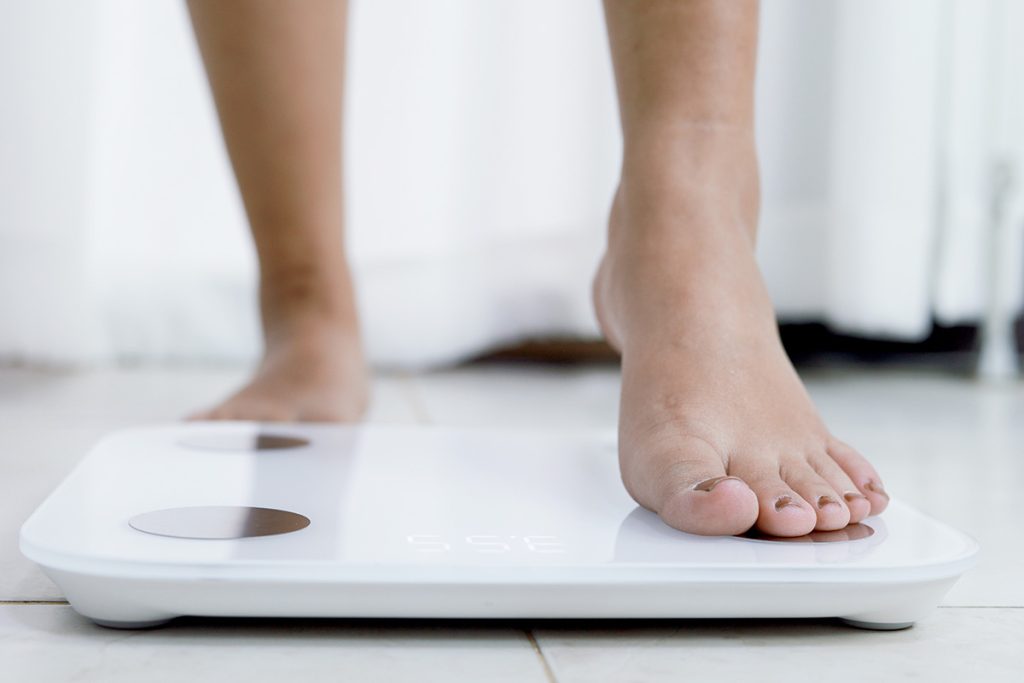
While low-intensity exercises aren’t as efficient as high-intensity exercises at burning calories quickly, they can still be an effective tool to help you manage your weight. Low-intensity workouts such as walking and pilates can help to increase your metabolism and burn calories over time.
Improves Joint Health
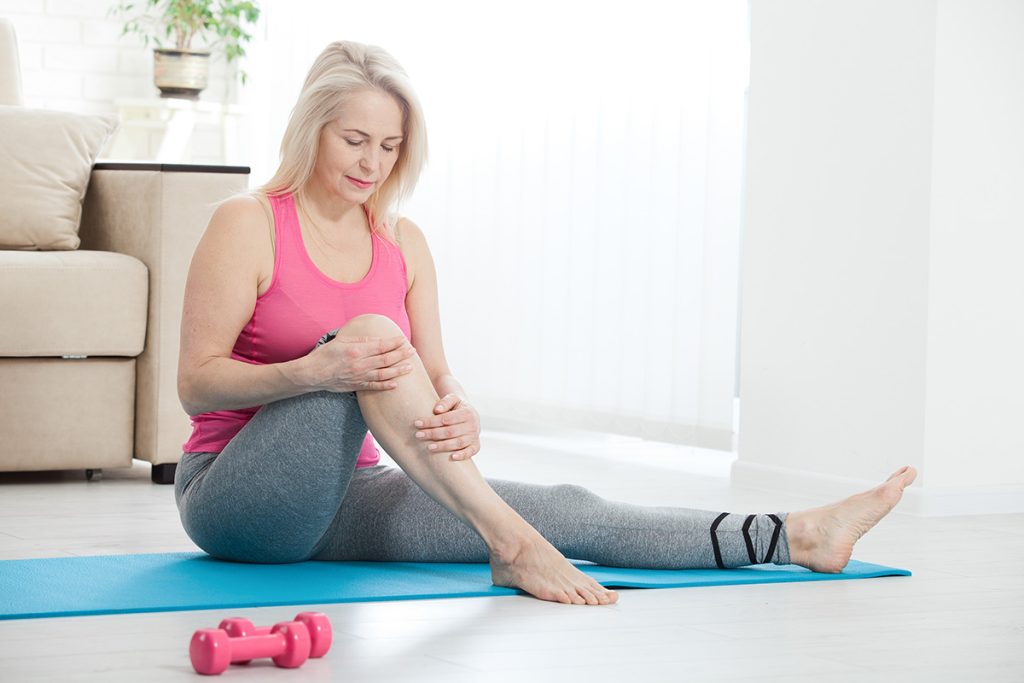
Low-intensity exercise is an excellent option for joint pain or arthritis. The low-impact nature of these workouts helps reduce strain on your joints and improve flexibility and range of motion.
Build Muscular Endurance
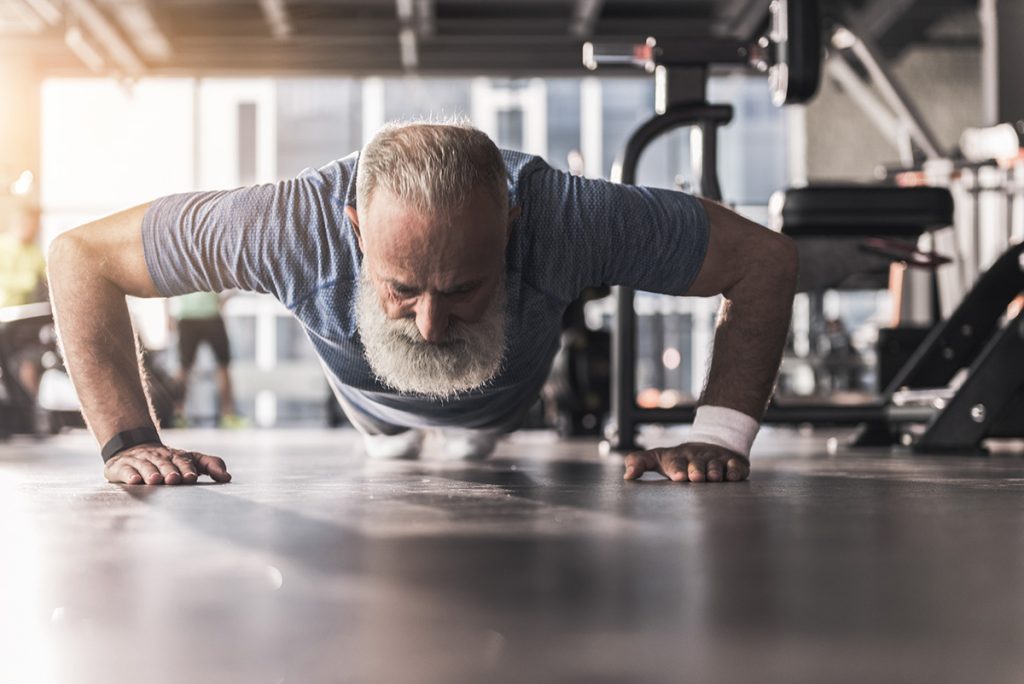
By performing a high number of reps with low resistance, you help strengthen your endurance for activities.
Less Risk of Injury
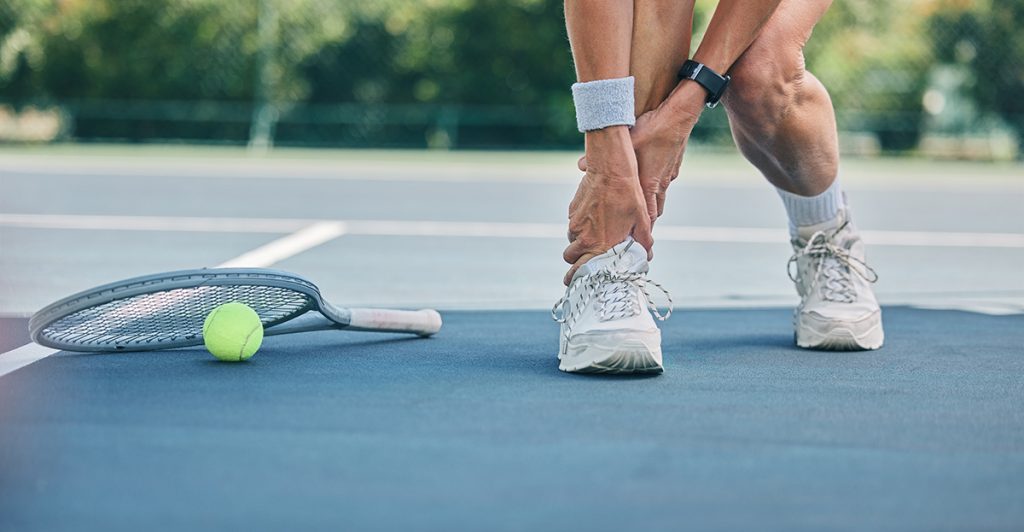
Low-intensity exercises have been shown to have a lower risk of injury compared to high-intensity workouts. This is because low-intensity exercises involve less strain on the muscles and joints, which reduces the likelihood of muscle strains, sprains, and other injuries. Low-intensity workouts also stress the heart and other organs less, which can be particularly beneficial if you have underlying health conditions.
Types of Low-Intensity Exercise
While low-intensity exercises may not provide the same level of intensity as high-intensity workouts, they can still be effective for improving overall fitness. They can be a safer option for those new to exercise, with limited physical strength or existing injuries. Working with a trained professional is important to develop a safe, effective, low-intensity training plan that fits your needs. Here are some:
Walking

The most efficient and effective low-intensity exercise is walking. Walking clears your mind, allowing you to get fresh air and exercise simultaneously. To make your walk more challenging, try increasing your pace or adding some hills to your route. An elliptical machine at a gym could also be used for a similar benefit.
Yoga
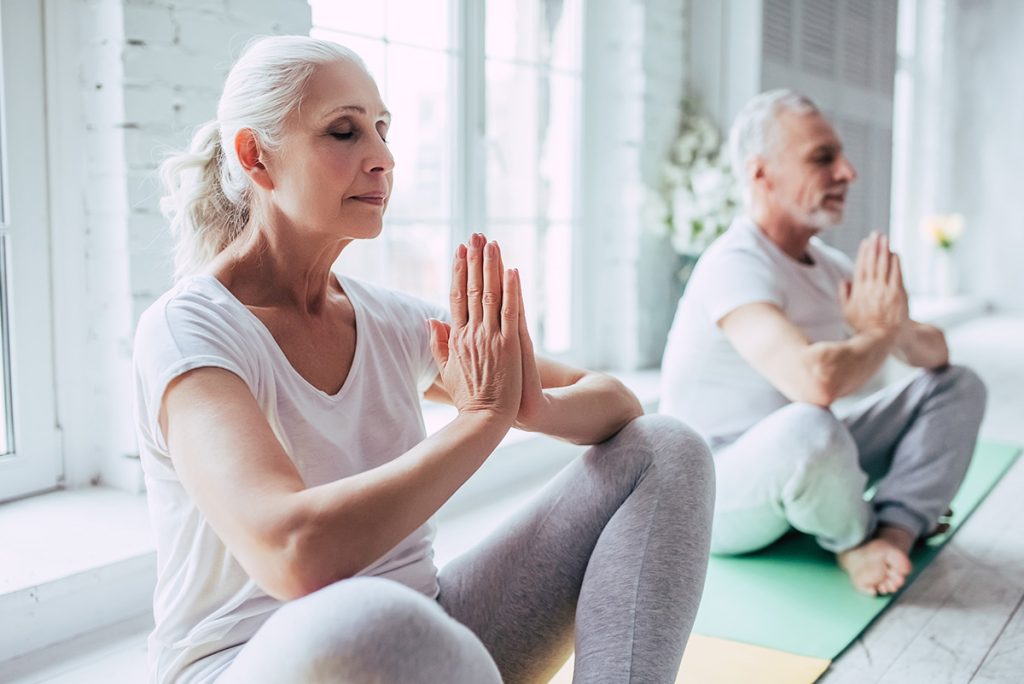
Yoga is great for improving flexibility, posture, balance, and strength. It also helps reduce stress and promote relaxation. Vinyasa, also known as flow yoga, is a great low-intensity workout that doesn’t require holding a position, which can be hard on your joints.
Swimming
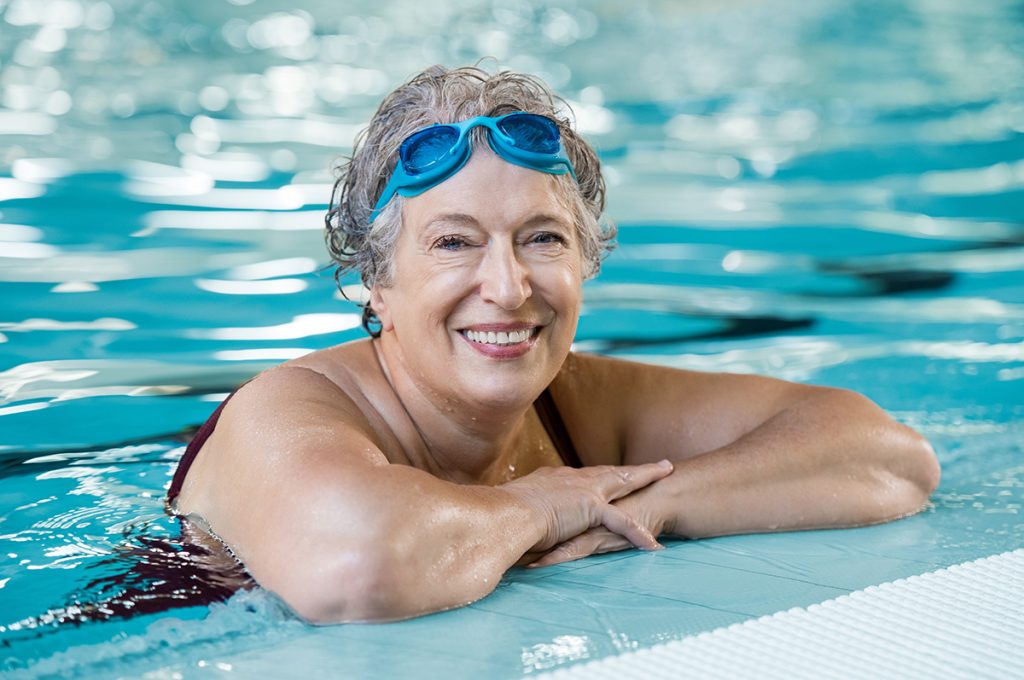
Swimming is great for improving cardiovascular health and muscle strength. It’s also an excellent option for people with joint pain or arthritis, as the water helps to reduce strain on the joints.
Cycling

Cycling can be done indoors or outdoors and is a fun way to boost cardiovascular health, strengthen your leg muscles, and burn calories. To make your cycling workout more challenging, add some hills or increase your resistance.
Water Aerobics
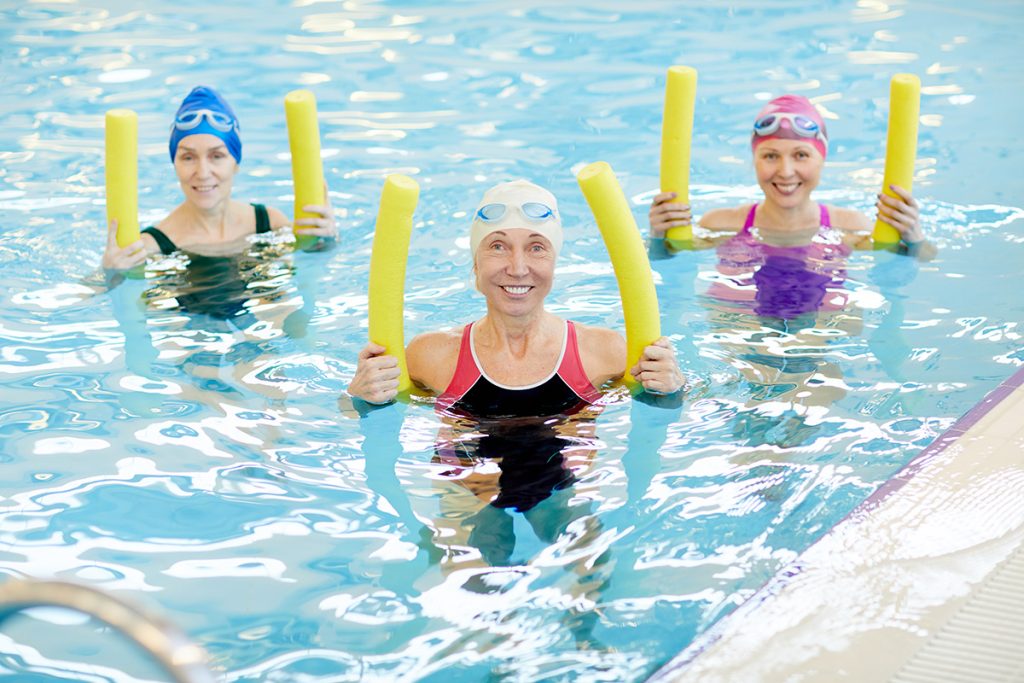
Water Aerobics is gentle on your body and is an ideal choice if you want to get moving and still limit the strain on your joints and muscles. Water aerobics involves performing a variety of movements in a pool, such as jogging, jumping jacks, and arm curls, designed to improve your cardiovascular health and overall fitness. Water aerobics is an effective workout, and the classes are fun and allow for socializing with others.
How to Incorporate Low-Intensity Exercise into Your Fitness Routine
Start Slow
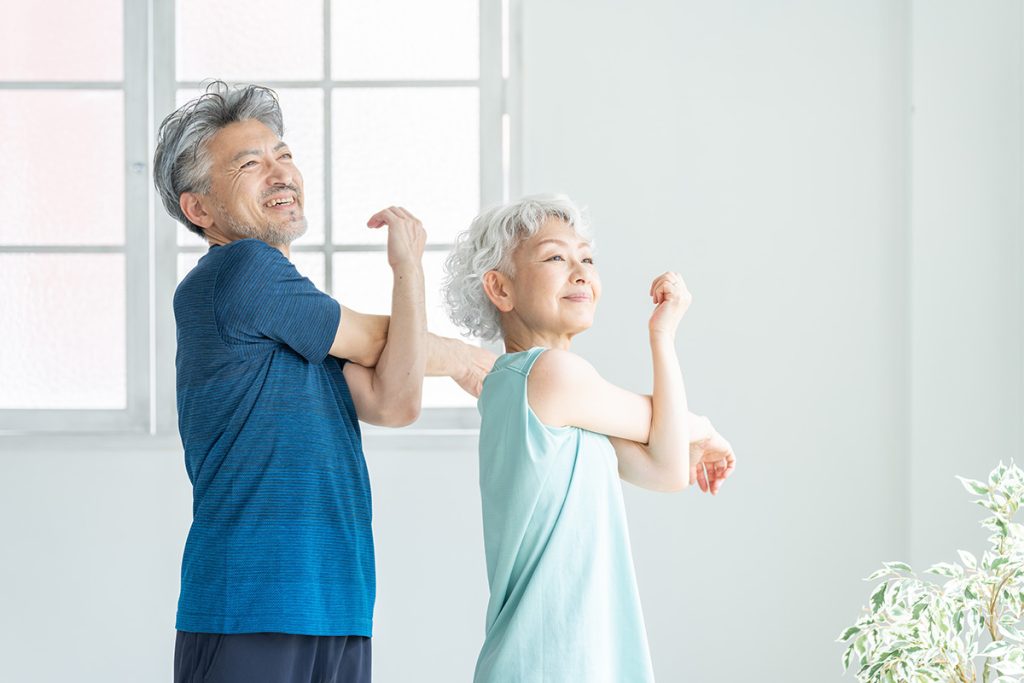
If you’ve been active for a while, starting slow with low-intensity workouts is essential. Begin with short, easy exercises and gradually increase the duration and intensity of your workouts as your fitness level and endurance improve.
Mix It Up
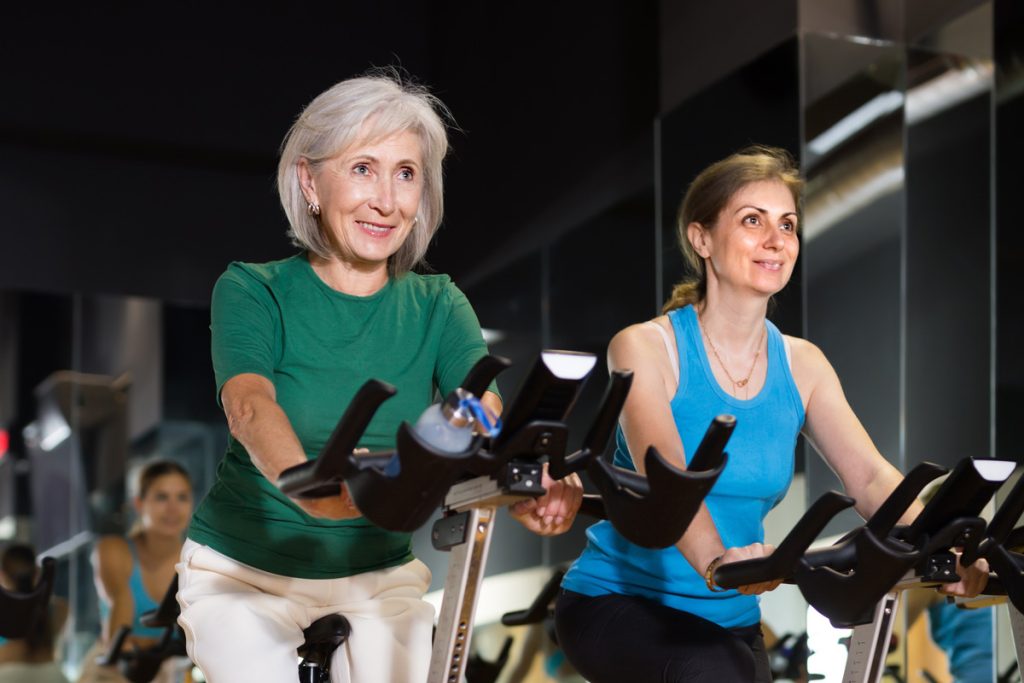
Mix up your low-intensity workouts to prevent boredom and keep things interesting. Try different types of workouts, such as walking, yoga, swimming, and cycling, to keep your body challenged and engaged.
Schedule Your Workouts

To ensure you stick to your fitness routine, schedule your workouts in advance. Choose a time of day when you will most likely have the energy and motivation to exercise, and prioritize it.
Workout Buddy
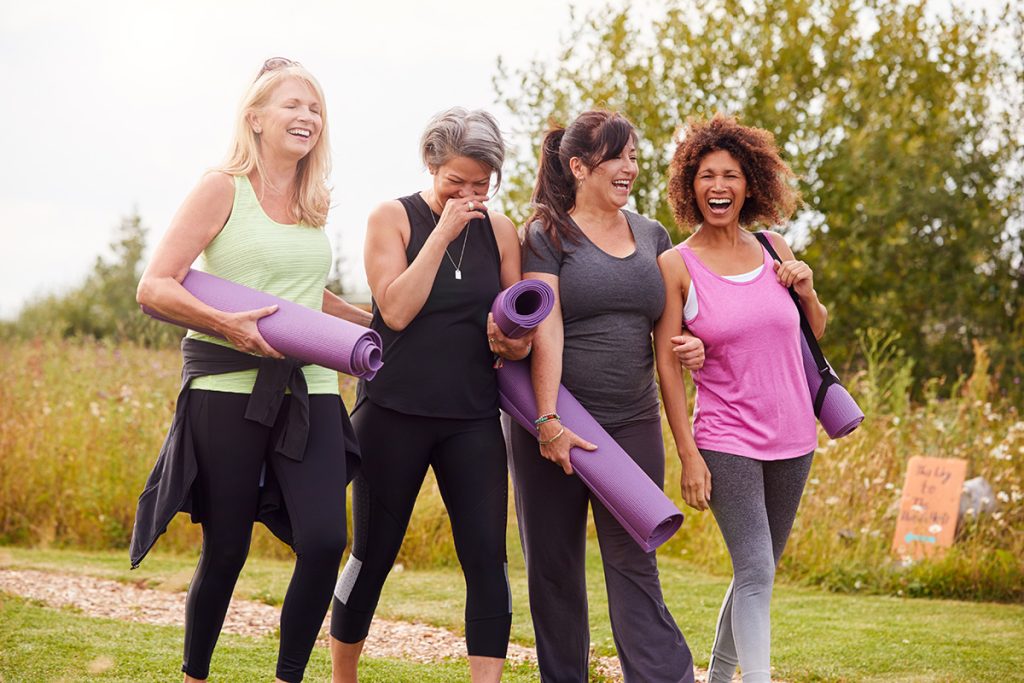
If you can include a friend, partner, or other person in your workouts, having a workout buddy can help keep you motivated and engaged.
Listen to Your Body
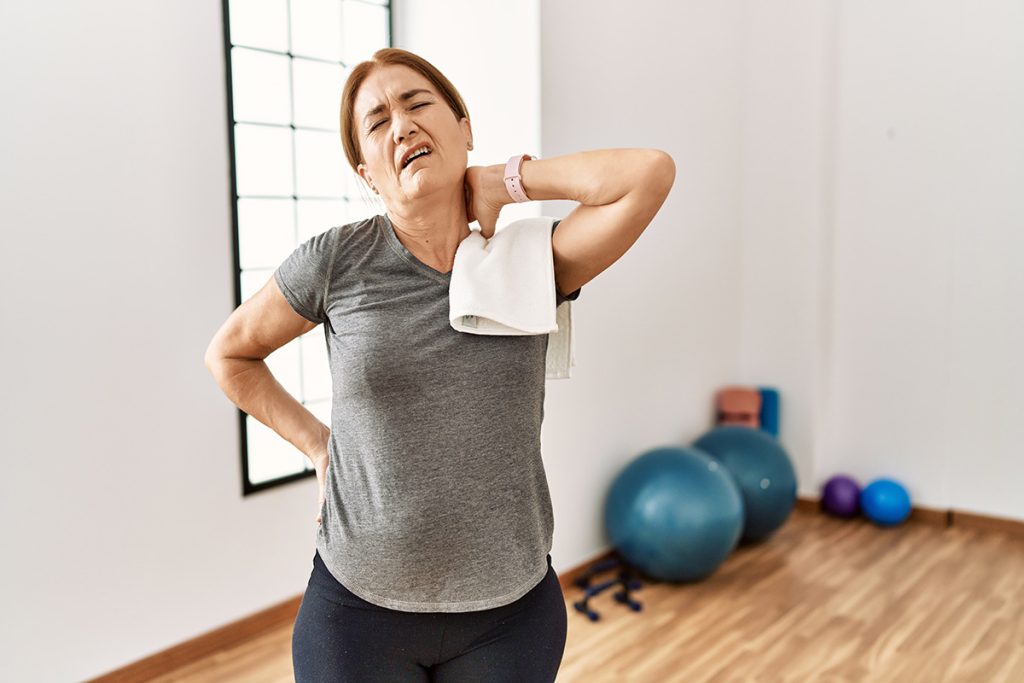
Listening to your body when doing low-intensity exercise is important. If you feel pain or discomfort, stop the workout and rest. If you are recovering from an injury or have a medical condition, talk to your doctor before starting any new exercise routine.
Turmeric Helps Get You Moving
To help jumpstart your daily movement routine, consider adding Stonehenge Health® Dynamic Turmeric™ to your regimen. This supplement contains a potent 1,650mg of Turmeric Curcumin Complex, Ginger Root Extract, and BioPerine® to maximize absorption and promote joint health.*
Turmeric has been used for centuries as an anti-inflammatory and antioxidant, making it a great addition to your healthy lifestyle choices. With Dynamic Turmeric™, you can experience big-time reductions in joint discomfort and inflammation.* Remember to always consult with a trained professional to develop a safe and effective low-intensity training plan.



